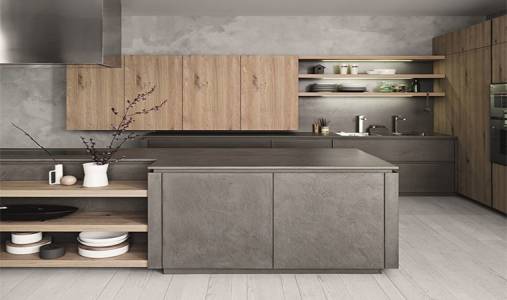Description
High-Density Fiberboard (HDF): The Versatile and Durable Wood Alternative
High-Density Fiberboard (HDF) is an engineered wood product known for its exceptional density, strength, and dimensional stability. Manufactured by refining wood fibers into a pulp, adding resin binders, and then pressing the mixture under high temperature and pressure, HDF offers a superior alternative to traditional lumber and other wood-based panels in a wide range of applications.
Key Features & Benefits:
- Exceptional Density: HDF boasts significantly higher density compared to other fiberboards like MDF (Medium-Density Fiberboard), resulting in greater strength, durability, and resistance to warping and sagging. This density also allows for a smoother, finer surface finish.
- High Strength & Durability: Its dense structure makes HDF remarkably strong and resistant to impact, making it ideal for applications requiring high performance and longevity. It’s less prone to dents and scratches than softer wood alternatives.
- Dimensional Stability: HDF exhibits excellent dimensional stability, meaning it's less likely to expand, contract, or warp due to changes in temperature and humidity. This makes it a reliable choice for applications where dimensional accuracy is critical.
- Smooth Surface: The tightly bonded fibers create a remarkably smooth surface, perfect for painting, laminating, and receiving other surface finishes. This eliminates the need for extensive sanding and preparation before finishing.
- Versatile Applications: HDF's versatility makes it suitable for a vast array of applications, including:
- Flooring: A robust substrate for various flooring types, providing a stable and durable base.
- Furniture Manufacturing: Used in the construction of furniture components requiring high strength and stability, such as shelves, tabletops, and cabinet doors.
- Molding & Millwork: Ideal for intricate molding designs and millwork components due to its smooth surface and ability to hold fine details.
- Interior Trim: Provides a durable and attractive finish for interior trim applications like baseboards and crown molding.
- Craft Projects: A versatile material for various crafting projects, offering a smooth and stable surface for intricate designs.
- Soundproofing: Its density contributes to effective sound absorption and dampening.
Types of HDF:
HDF comes in various grades and thicknesses, each tailored to specific applications. Factors like density, thickness, and surface treatment can influence its suitability for a particular project. Consult with a supplier to determine the optimal grade and thickness for your needs.
Choosing the Right HDF:
When selecting HDF, consider the following factors:
- Density: Higher density indicates greater strength and durability.
- Thickness: Choose a thickness appropriate for the intended application.
- Surface Treatment: Consider whether you need a pre-finished or unfinished board.
- Formaldehyde Emissions: Look for HDF certified to low formaldehyde emission standards for indoor applications.
Conclusion:
HDF is a high-performance engineered wood product offering exceptional strength, durability, and dimensional stability. Its versatility makes it a popular choice in various applications, from flooring to furniture manufacturing and craft projects. Its superior properties make it a valuable alternative to traditional wood and other wood-based panels for numerous projects where strength, smoothness, and stability are paramount.
